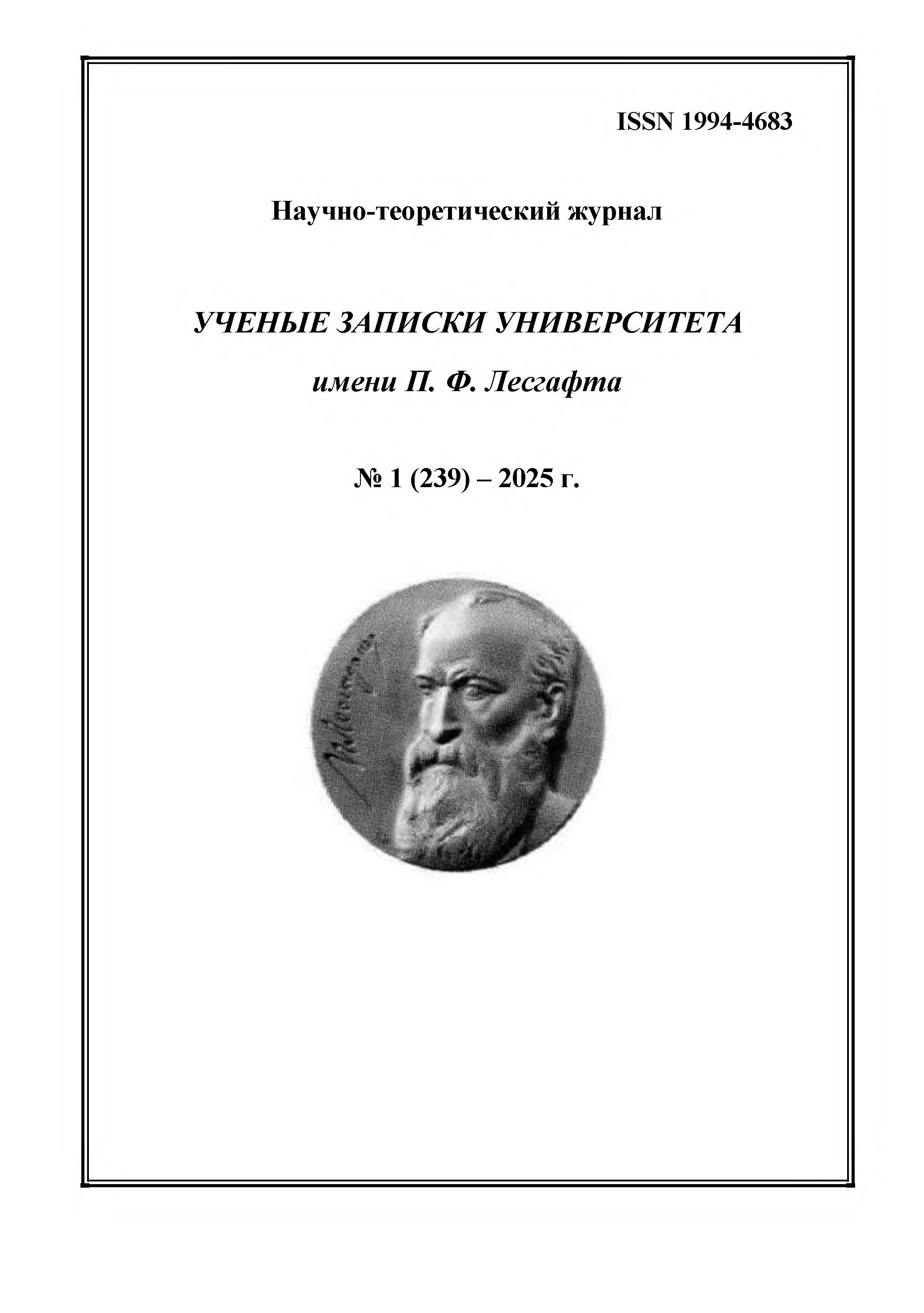employee from 01.01.2022 until now
Orenburg, Orenburg, Russian Federation
employee
Orenburg, Orenburg, Russian Federation
Orenburg, Orenburg, Russian Federation
CSCSTI 77.29
The purpose of the study is to determine the impact of changes to volleyball rules on the sport's entertainment value. Research methods: qualitative analysis of existing records and documents. Research results and conclusions. It has been revealed that the introduction of rules aimed at making volleyball more spectacular and media-friendly has achieved its objectives by reducing game time, utilizing the transition to the rally-point scoring system, and minimizing game interruptions. The introduction of the libero player, originally intended to enhance defense, has also increased the efficiency of attacks. Ultimately, this rule has failed to rectify the imbalance between offense and defense, which is a prerequisite for ensuring the spectacle of the game.
sports games, volleyball, rules of the game, spectacle
1. Surina N. S., Milashechkina E. A., Gernet M. S., Afrosin M. A. (2024), “The attitude of highly qualified athletes to changes in the rules of competition in modern volleyball”, Physical culture: upbringing, education, training, No. 1, pp. 20–21.
2. García-de-Alcaraz A., Gómez-Ruano M. A., Papadopoulou S. D. (2019), “In Search for Volleyball Entertainment: Impact of New Game Rules on Score and Time-Related Variables”, J Hum Kinet., V. 70, pp. 275–285, doihttps://doi.org/10.2478/hukin-2019-0046.
3. Allayarov I. K. (2023), “The history of the emergence and development of volleyball”, Economics and society, No 1-2 (104), pp. 148–151.
4. International Volleyball Federation, URL: http://www.fivb.org/en/volleyball.
5. Eli S., Langlois V., Jarrett K. (2015), “The role of libero in volleyball as a paradoxical influence on the game: a logical debate and a proposal to change the rules”, The Sport Journal, V. 19, pp. 1–21.
6. Silva L., Kerkoski M., Paulo A., Hodeck A. (2019), “Terminal actions at Brazilian’s Volleyball League”, Journal of Human Sport and Exercise, V. 14, pp. S1322–S1324.
7. Voley Service Sports Agency, URL: https://volleyservice.ru/.
8. Asaad M. H., Bulykina L. V., Guba V. P. (2020), “Priority areas for the development of motor abilities of a libero player in volleyball”, OlymPlus. The humanitarian version, No. 1, pp. 17–19.
9. Asaad M. Kh., Bulykina L. V. (2020), “Analysis of competitive activity of libero players in volleyball”, Trends and innovations in the development of modern volleyball, Moscow, pp. 12–18.
10. Geraskin A. A., Babushkin G. D., Denisenko Yu. P. (2021), “Personality, activity and training of libero in volleyball”, Theory and methodology of physical culture, No. 4, pp. 49–56.
11. Rentero L., João P., Moreno M. (2015), “Analysis of the Influence of the Líbero in Different Phases of Game in Volleyball”, Revista Internacional de Medicina y Ciencias de la Actividad Física y el Deporte, V. 15, pp. 739–756, DOIhttps://doi.org/10.15366/rimcafd2015.60.008.
12. Nikolaeva I. V., Shikhovtsov Yu. V., Kudinova Yu. V., Kareva Yu. Y. (2017), “The current state of the problem of improving defensive actions in volleyball”, Scientific and methodological electronic journal "Concept", Vol. 31, pp. 1366–1370, URL: http://e-koncept.ru/2017/970288.htm.
13. Shikhovtsov Yu. V., Kudinova Yu. V., Shikhovtsova L. G., Fedorova L. K. (2018), “The main components determining the effectiveness of defensive actions in volleyball”, Scientific notes of Lesgaft University, No 2 (156), pp. 289–293.







